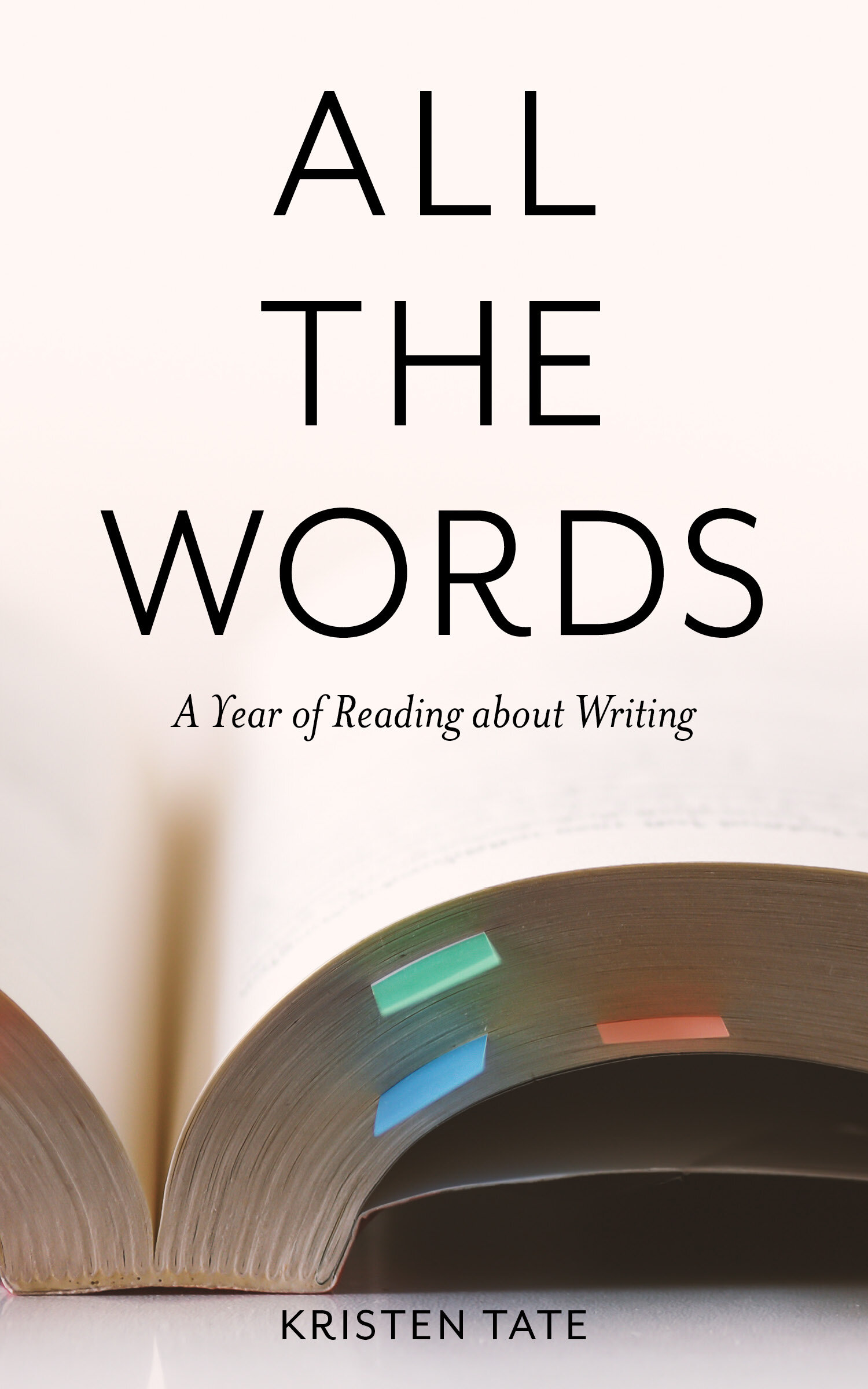Anatomy of Story, by John Truby
This is part of a series of weekly reviews of writing craft books written in 2019, later revised and collected in Kristen’s book All the Words: A Year of Reading About Writing. Read the first chapter or buy the book in our Shop.
It is week forty-five of 2019. How did the writing go this week? My week has been jam-packed with stories of all sorts: a Lucinda Williams concert in which she told us the stories behind the stories of her songs; two client manuscripts with plots to be deepened and refined; a Harry Potter movie marathon in preparation for seeing the two-night theater spectacle of The Cursed Child; and a student performance of Thornton Wilder’s Our Town. I have laughed and cried and counseled and plotted and marveled and shout-sung (“You took my joy; I want it back”) and rolled my eyes (Wilder, sentimental nihilism, WTF?).
I have been on some journeys this week, and each one of them has taught me again that the very best stories – the ones that hold us transfixed in time, the ones we can’t shake – are those that have emotional depth. They continue to resonate for the audience and even for their creators. Lucinda Williams told a story about her father, the poet Miller Williams, listening to her perform “Car Wheels on a Gravel Road” for the first time. After the performance, he found her backstage and apologized to her. Until that moment she had not thought of the song as being about her childhood, but it was immediately clear to her that it was. The raw power of that song was fueled by an energy Williams hadn’t even realized she had tapped.
That’s the problem we wrestle with as writers, right? Those emotional depths where the idea fish swim are often chilly, dark places. Maybe on a Tuesday at 8 a.m. we don’t feel inclined to jump in. Maybe we don’t ever feel inclined to jump in. Maybe we don’t even know yet where the shores are – maybe we are just stumbling around blindly until we fall in.
And that’s the problem I struggle with when I read books like John Truby’s Anatomy of Story. You can think all day about your one-sentence premise or your seven key story steps or your three-part character equation or your four-cornered opponents, but you aren’t going to be able to construct a resonant story out of these bits and pieces until you tap into your hard-earned emotional wisdom. (I’ve spent a lot of time this week marveling at Rowling’s dazzling variety of disenfranchised, alienated characters – from Snape to Luna Lovegood to Neville Longbottom to Harry himself – and how many routes to redemption and community she finds for them.)
Truby does know that emotional depth is a central component of all great stories. He even makes it step 1 of constructing your one-sentence premise (after warning us, wide-eyed, that “nine of ten writers” fail at this point in the process):
“Step 1: Write Something That May Change Your Life. This is a very high standard, but it may be the most valuable piece of advice you’ll ever get as a writer. I’ve never seen a writer go wrong following it. Why? Because if a story is that important to you, it may be that important to a lot of people in the audience. And when you’re done writing the story, no matter what else happens, you’ve changed your life.”
The problem is that many of us can’t just conjure life-changing emotional depth out of thin air. We may need to write our way into it. Maybe, like Lucinda Williams, we don’t even recognize we’ve created it until someone else points it out.
So, you should all read Truby’s book because it is full of useful tactics and insights. But you should not be frustrated if you find that you can’t follow Truby’s checklists and steps (so many steps! ✅ ✅✅). Don’t get caught up in the trap of dissecting and labelling the pieces of your story (is this the self-revelation scene or the new equilibrium scene?). Instead, use this book as an encyclopedia of plot moves and character insights that can inspire you to keep digging deeper.
Here’s to finding those emotional depths, y’all,
Kristen
Check out our Resources page for more in-depth articles on writing, revising, polishing, and publishing your novel. Sign up for our weekly newsletter for fresh content, and you’ll also get our free PDF with recommended reading for writers!


